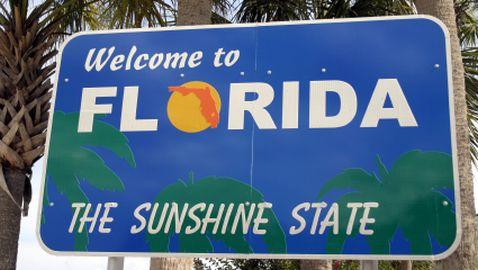Small-Businesses Lag Far Behind Big-Businesses in Hiring
Post Views 2
A comparison reveals that if all businesses, irrespective of size, had hired at the same rate as the big businesses, there would probably have been 4 million more jobs today.
The data shows that the Achilles Heel for the US Labor market is the slow employment growth among smaller businesses. The smaller businesses bore the brunt of the recession and were amongst the hardest hit. Larger businesses in comparison have shown a healthier growth rate.
Larger businesses with a workforce of 5000 or more employees, expanded at an average of 0.4 percentage point each month between January 2011 and February 2012. For the same period, small businesses with 10 to 50 employees expanded by only 0.1 percentage point a month. The data goes on to show, that businesses with less than 10 employees actually reduced their employment.
This information comes courtesy of Jobs Openings and Labor Turnover Survey (JOLTS) that examines trends in rates of hiring and loss of jobs and through its surveys provides vital information why and whether employment is rising or falling. It also analyzes each finding thoroughly, for example finding out, if the higher rate of employment is due to more people finding jobs or lesser number of people losing jobs?
The JOLTS data is also handy and valuable, as it divides businesses by their size and the number of workers they employ. Economist Alan Krueger and Sarah Charnes, at the Treasury Department, wrote last year, that the JOLTS data are, “the most timely government source of information on employment trends by establishment size.”
Both Krueger and Charnes had assessed from the JOLTS data “that small-business employment was particularly hard hit during the recession, and that employment continued to contract at small businesses in the early phase of the recovery while it was increasing at medium-size and large establishments.” The recently released BLS data validates their findings and has shown a similarity in pattern.
Private-sector indicators reveal a divergent pattern. ADP National Employment Report, Intuit’s small-business employment indexes are all in variance with the JOLTS report, but unlike the latter they don’t categorize businesses separately, making the JOLTS findings even more relevant and useful.
The JOLTS data provides insight into what happens in the labor market, in all businesses, allowing analysts to specifically assess the inconsistencies among businesses and analyze what has been causing the overall slowdown this year.
Krueger had earlier conjectured that “small businesses responded differently to the financial crisis and subsequent recovery because they had lower fixed costs associated with hiring and laying off workers than large employers, and because small companies had less access to credit.”
However, new data has revealed that credit availability has improved for small companies and the JOLTS data underlines the importance of finding out how the continuing deleveraging process, and the consequential slothful growth, is affecting all business, but more specifically the smaller businesses.
Small-Businesses Lag Far Behind Big-Businesses in Hiring by Harrison Barnes


 Moscow Apartment Rentals Give Business Travelers an Edge
Moscow Apartment Rentals Give Business Travelers an Edge  Have Fun with Buffer’s Salary Calculator
Have Fun with Buffer’s Salary Calculator